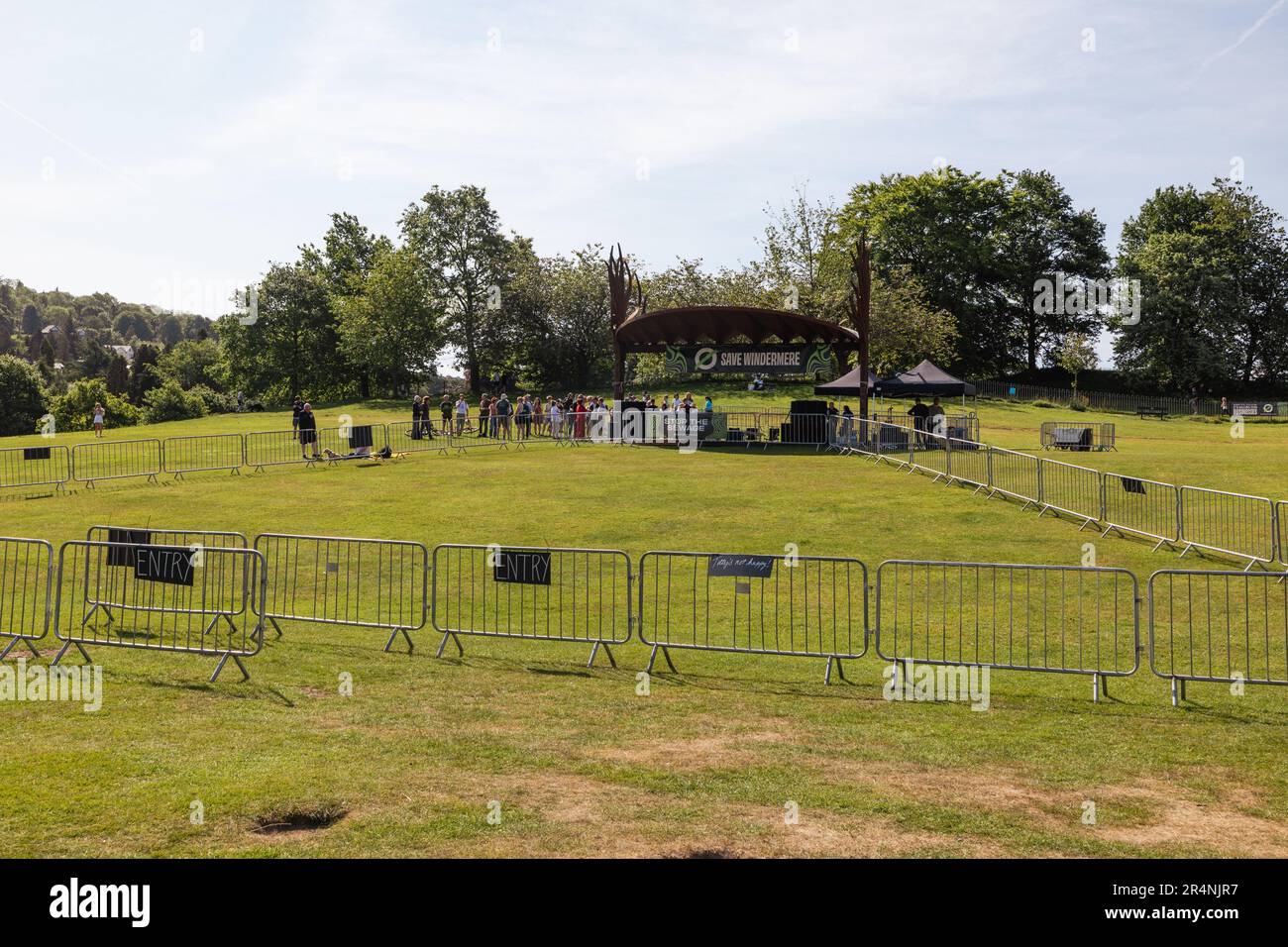
Only tamborim is doubled because it has classically two complementary basic figures which the second is identical to the first but shifted (probably inspired by an accident). You can also choose to select all (15 voices and 14 different instruments). Indeed, you will be able to choose the instruments and rhythms that you want to hear, simply by checking the corresponding boxes in advance with a mouse click, then launching the song (which lasts only 8 bars of 4/4 measures (with 4 beats) without counting the start-up figure, which lasts one measure). Careful: loading the page (6.5 MB) may take some time, thank you for your patience! To open the animation in a new window, click here.To open the animation in a new window, click here. That's why I thought it was interesting to present the samba by using two specificity of Internet: multimedia and interactivity.

Improvisation here is more limited to a choice than a real personal invention. If the result is not cacophonous, it is through a very ingenious hierarchy of the figures according to the timbre, sound power, playing constraints and the natural height of the instruments, but also by a system of limitation of improvisation, which prioritizes after the basic figure, "standard variations" for each different instrument, or secondary or tertiary variations that vary from just a few notes and complement each other, to reform a new basic pattern, sum of previous and also thoughtful. Indeed, not only each instrument has a different basic figure from others, but in addition, each musician in the band (which can usually gather over a hundred musicians marching together at the Rio carnival) is supposed to improvise! ), then devoted almost exclusively to the carnival, with almost one century of practice to achieve in my opinion a peak in the 1950s, with the band leader "Mestre André" (the inventor of the quick stop and restart "break" of batucada) and the samba school (in the sense of "artistic doctrine") "Mocidade Independente de Padre Miguel"are probably the most iconic, virtuosic and creative (but we often dates the appearance of samba to the 1920s, with the first officialized carnivals).Ĭoncentrated mainly in Rio de Janeiro in its "favelas" (poor districts, which unfortunately still exists), this Brazilian music has a sophistication never reached historically, to my knowledge (and I have studied many traditional polyrhythms of the whole world and the whole History (known)), on the polyrhythmic aspect, that is to say the number of different rhythmic voices that can overlap at the same time. The form, rhythms, playing techniques and melodies were surely "classicise" in a long spontaneous process from an amateur practice first to perpetuate African culture in secret or even rebel circles (capoeira, afoxe, maracatu, etc.
The samba is certainly one of the oldest typically Brazilian musical forms with an Afro-Amerindo-Portuguese mix (unfortunately often forced by the colonizers and slave masters, to annihilate communautarianism and specific and multiple cultural identities of slaves and other poor Brazilian social classes, and thus, meetings and dissident nationalisms which could ensue). Note that the Samba has a dance step of African tradition, very common, but is danced with high-heeled shoes to use the slip of leather soles on a smooth floor (parquet, asphalt, which boosts the efficiency and speed (one step by sixteenth note!): see photo: Gracyanne Barbosa, queen of carnival of the samba school Mangueira at Rio carnival in 2008, making this dance step with this so typical swaying hips): a cultural mix of genius simplicity and efficiency, in my opinion, that combines twice two cultural extremes (Europe and Africa, recent invention (high-heeled shoes) and oldest (barefoot!)). To listen : interactive audio demo with 15 voices Some instruments have a basic figure in one beat cycle (4 strokes or 4 sixteenth notes (semiquavers) with accent on the beat) as the shakers (ganza, chocalho, etc.), the reco-reco or the triangle, but most have a basic pattern in 4 beats or even 8 (apito (whistle)).

The samba is a polyrhythm and a dance related (the word "samba" comes from the African word "semba" meaning "navel hit" in Bantu), in a global measure with 2 beats (2/4), punctuated by two surdos (large drum played with a "bat", "beater"), the high surdo marking the on-beats (the first) and the low, the off-beats (second), which is typically African (the inverse of rock and European drums in general).


 0 kommentar(er)
0 kommentar(er)
